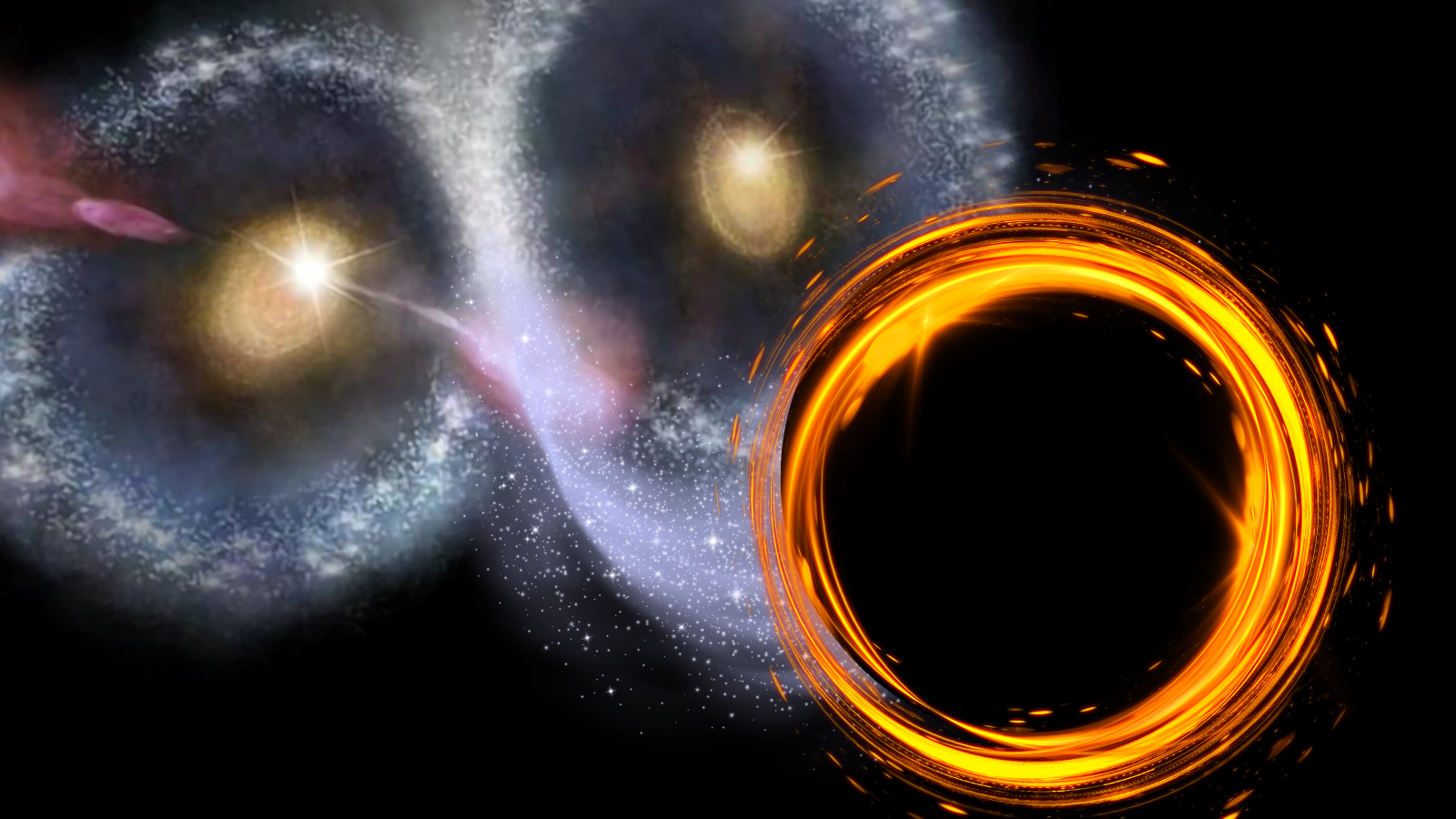China's Huge, Alien-Hunting Radio Telescope Is Finishing Its Testing Phase

The Five-hundred-meter Aperture Spherical Telescope has hit the ground running.
China's giant, alien-hunting radio telescope is finishing its testing-and-commissioning phase, which has occurred over the past three years.
Located in southern China's Guizhou province, the Five-hundred-meter Aperture Spherical Telescope (FAST) began these trial operations in September 2016.
Scientists are using FAST — the world's largest single-dish radio telescope — for a variety of tasks, including to search for extraterrestrial intelligence.
Related: 13 Ways to Hunt Intelligent Aliens

China Central Television (CCTV) reports that, so far, FAST has detected and identified 99 rapidly spinning neutron stars known as pulsars, more than 30 of which are especially fast-rotating millisecond pulsars.
The search for extraterrestrial life and other scientific targets is also underway.
"In the process of observing signals from celestial bodies, we also collect signals that might be emitted by humans or extraterrestrial intelligence," Zhu Ming, director of the scientific observation and data division at the FAST operations and development center, explained in a recent CCTV video.
Breaking space news, the latest updates on rocket launches, skywatching events and more!
"However, this is a huge amount of work, since most signals we see — 99% of them — are various noises, so we need to take our time to identify the signals we want in the noises," Zhu said.
The FAST team recently organized a user training session, bringing together more than 100 astronomers from across China to discuss their experiences and discoveries during the trial operation of the big dish.
Li Kejia, a researcher from the Kavli Institute for Astronomy and Astrophysics at Peking University, explained that FAST is now mainly used to measure the performance of a pulsar timing system, to directly detect gravitational waves.
"The sensitivity of FAST is very high, so the accuracy of the data measured is very good," Li told CCTV. "FAST has a promising future in terms of gravitational wave detection."
Researchers using FAST have increased the facility's observation modes from three to more than 10. Research and development of new receiving equipment are also underway.
"I hope that in the next three years, we can further improve the reliability of FAST and increase its effective observation time to 50%," Jiang Peng, chief engineer of the FAST project, said in the CCTV video. "Since it's already about three times as sensitive as the second-largest telescope in the world, a 50% effective observation time is already very remarkable."
- 5 Bold Claims of Alien Life
- SETI: All About the Search for Extraterrestrial Intelligence (Infographic)
- Gargantuan Chinese Radio Telescope Stars in 'Impossible Engineering' Clip
Leonard David is author of the recently released book, "Moon Rush: The New Space Race" published by National Geographic in May 2019. A longtime writer for Space.com, David has been reporting on the space industry for more than five decades. Follow us on Twitter @Spacedotcom or Facebook.


Leonard David is an award-winning space journalist who has been reporting on space activities for more than 50 years. Currently writing as Space.com's Space Insider Columnist among his other projects, Leonard has authored numerous books on space exploration, Mars missions and more, with his latest being "Moon Rush: The New Space Race" published in 2019 by National Geographic. He also wrote "Mars: Our Future on the Red Planet" released in 2016 by National Geographic. Leonard has served as a correspondent for SpaceNews, Scientific American and Aerospace America for the AIAA. He has received many awards, including the first Ordway Award for Sustained Excellence in Spaceflight History in 2015 at the AAS Wernher von Braun Memorial Symposium. You can find out Leonard's latest project at his website and on Twitter.
